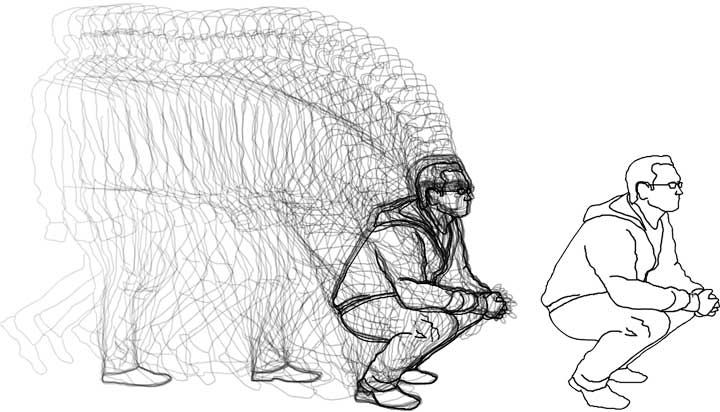Rotoscoping is turning a live action Image into another sequence as an animation, using a Rotoscope. This is an animation technique where animators trace over every single movement in footage (this can take ages), to use in live-action and animated films.
Back in the early 1930s when film images were still being projected onto a frosted glass panel and re-drawn by an hand. This projection equipment is called a rotoscope, although it has now been evolved over time and has been replaced by software on computers making it a lot easier.
The history of rotoscoping was that a film used to be projected onto a frosted glass panel and then it would be re-drawn by an animator. However these days its been replaced by computers. this technique has been used in a lot of films. The reason for an animator to use the rotoscoping technique is because its more affordable and cheaper the going to a location on the other side of the world or easier if such location they desired did not exist.
The film 'All Dogs go to Heaven' was realised in 1989. This film was the first of Don Bluth, John Pomeroy, and Gary Goldman to ever, to use computer animation to help them with tricky perspective shots i.e the care running down the pier towards the junkyard. With rotoscoping in this particular film each sequence flows into each other making it look like a realistic animation that could be seen inanimated to the audience. In 'All Dogs go to Heaven' the rotoscoping is done so well that you wouldn't say it was two diffident footage put together in a sequence, it looks like a whole film was done in one tacking, as theres no missed out transitions that looks out of place.
The film 'All Dogs go to Heaven' was realised in 1989. This film was the first of Don Bluth, John Pomeroy, and Gary Goldman to ever, to use computer animation to help them with tricky perspective shots i.e the care running down the pier towards the junkyard. With rotoscoping in this particular film each sequence flows into each other making it look like a realistic animation that could be seen inanimated to the audience. In 'All Dogs go to Heaven' the rotoscoping is done so well that you wouldn't say it was two diffident footage put together in a sequence, it looks like a whole film was done in one tacking, as theres no missed out transitions that looks out of place.


No comments:
Post a Comment